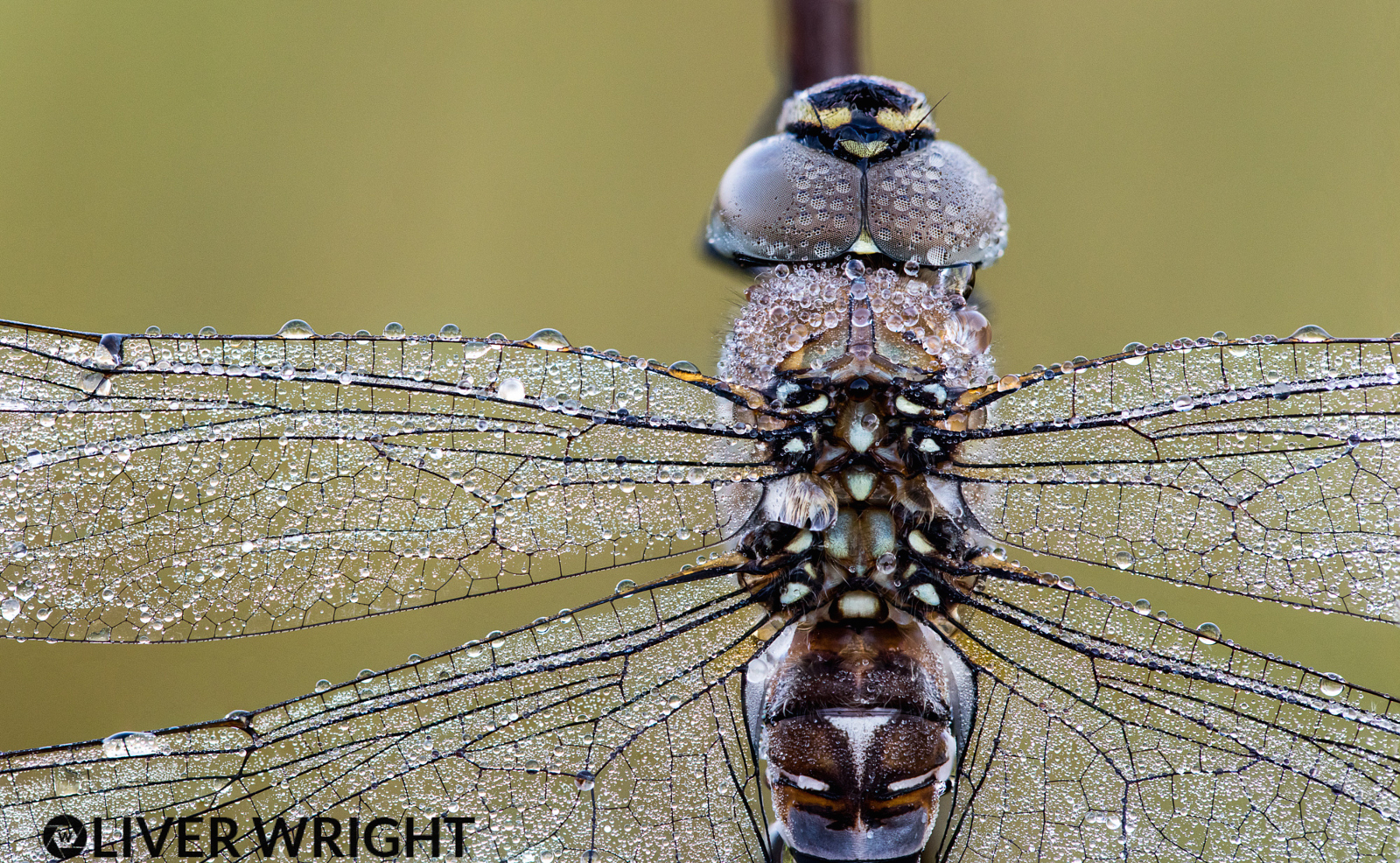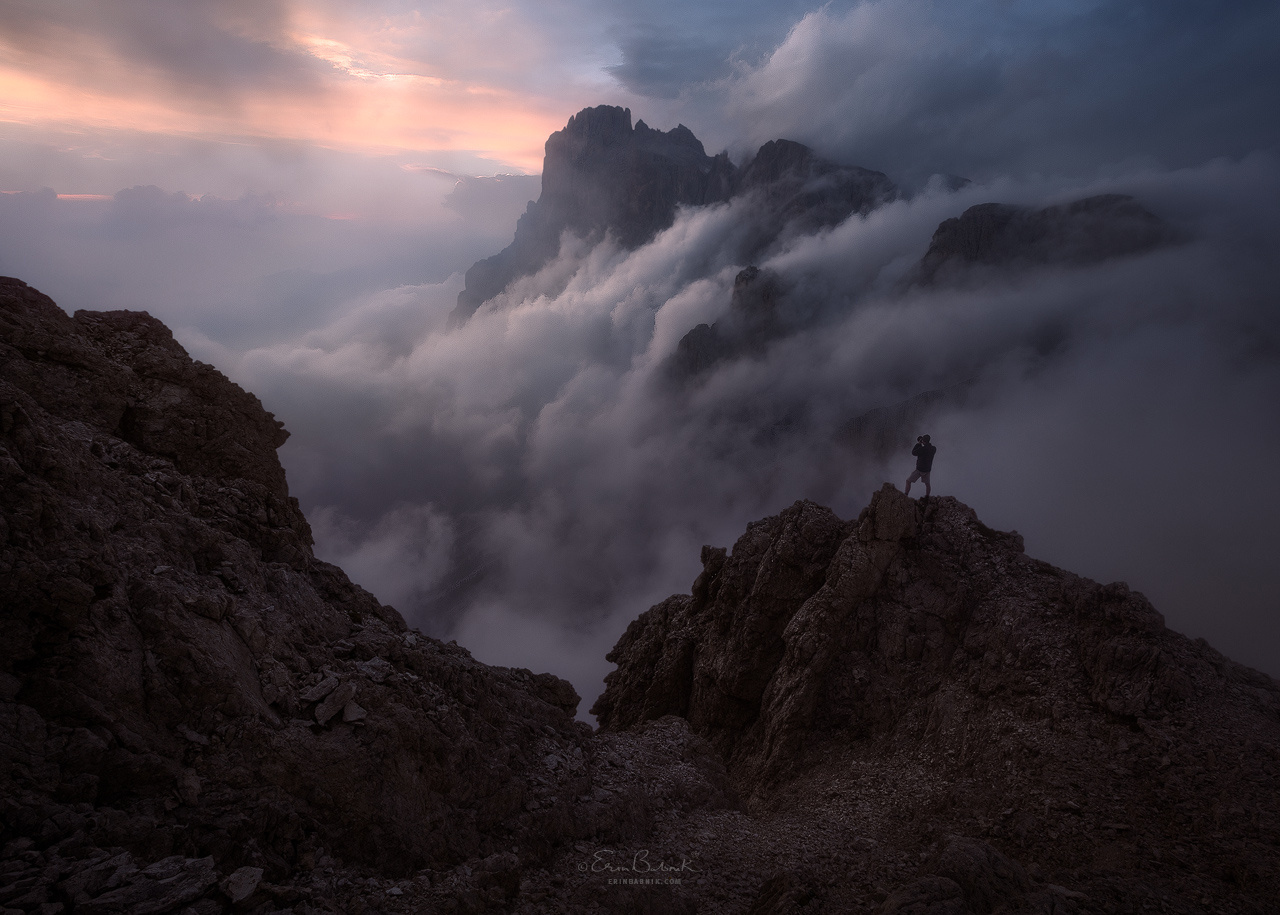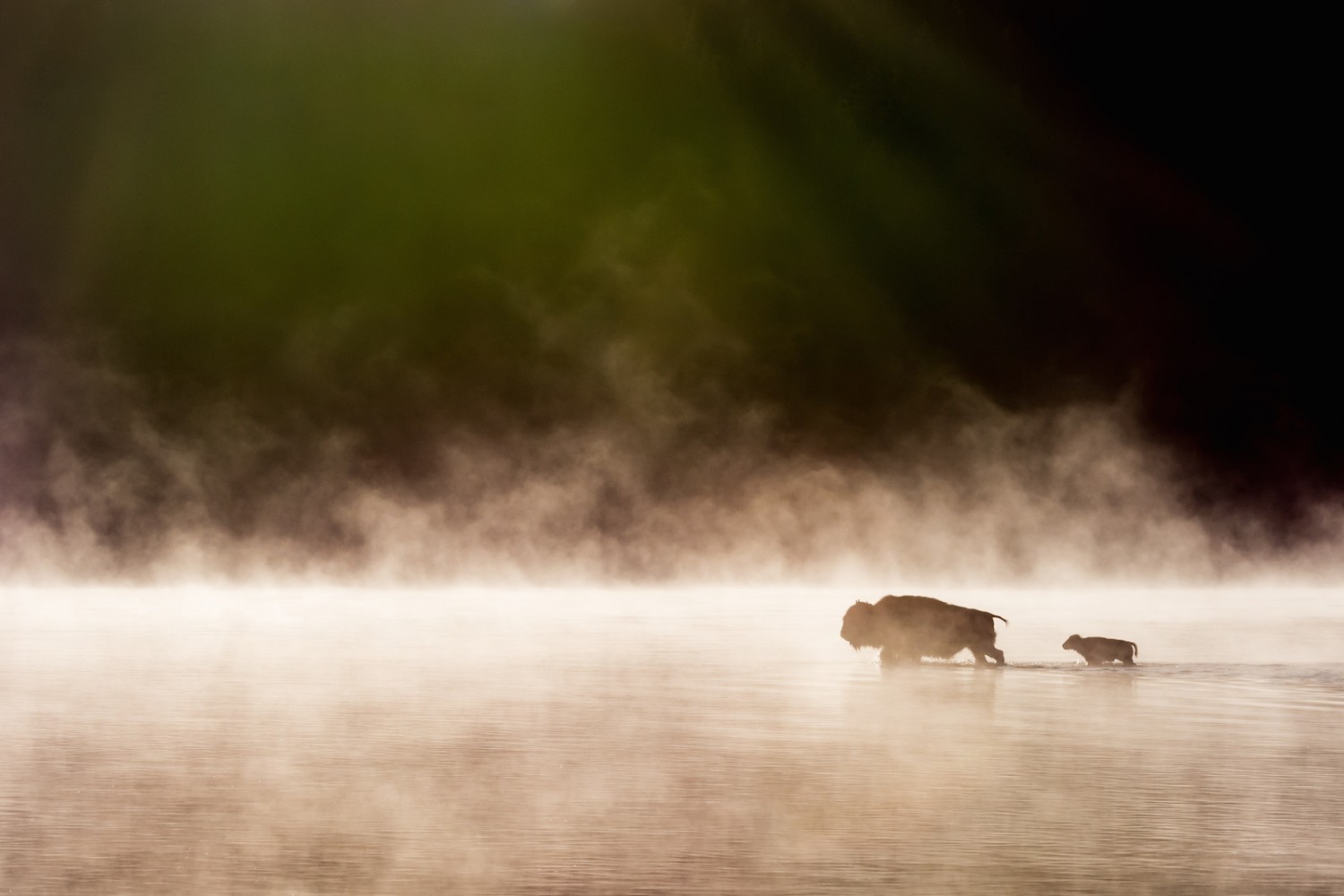We discovered Oliver Wright‘s macro photography through a Tweet…
You never know how you’ll make a connection in this industry, but a retweet of one of his beautiful damselfly images sent me to his website, then his 500px, and before I knew it I was messaging him to see if he’d be interested in sharing some tips, or just talking to me about his macro photography in general.
Lucky for me (and you) he said yes, and after agonizing over what kinds of questions you’d want him to answer, I settled on the 7 below.
The short interview covers all aspects of Oliver’s macro photography and gives you a great intro to the man behind the camera.
We touch on gear and shooting workflow, post-processing, advice for newbies, why macro, and more; so scroll down to see some stunning photos, learn a thing or two, and benefit from Oliver’s sage advice:
500PX: First off, can you tell us a little bit about yourself and your journey in photography?
OLIVER WRIGHT: My journey in photography has been a varied one. I used to do a lot of climbing and mountaineering and I used to see some fantastic landscapes, especially some of the views from the tops of mountains. I used to use a compact to try and capture these moments. On one mountaineering trip to South America I ended the trip up some diving in the Galapagos and I saw the images people were capturing on SLR’s and that’s what inspired me to take it further.
My SLR stayed on Auto for about 3 years and then I had a climbing accident which took me out of that world for a few years. As I have an addictive personality I had to do something to fill the void and that ended up being photography.
In the last 18 months I’ve done a lot of commercial photography from fashion, to products, to landscape/wildlife workshops, but the highlight was working last Winter season in the Arctic as a photography guide for Lights Over Lapland (The job came about via someone tagging me in a post on Facebook—but that’s another story).
I’m heading back there this Winter and leading Light Over Lapland’s expeditions this season and really looking forward to it. Abisko is an amazing place to be with beautiful landscapes and some great wildlife if you look in the right places.
You’ve got so much range in your photos! From night sky, to macro, to landscape, to wildlife, to street, and even fashion. How come you’ve chosen to develop so many genres, and what attracts you to macro in particular?
OLIVER: Some of it is the above journey, a lot of it is driven by the things I’m really interested in, and some of it comes down to what people have asked me to photograph commercially. My passion for the outdoors and natural history lends itself to landscape and wildlife. I’m quite happy to sit by myself at the side of a Scottish loch looking out for otters for days.
With macro I think it attracts the inner geek in me, as it’s often seen as a quite technical branch of photography. Then when I actually started with macro I discovered this world you can’t see in its full glory with the naked eye. I was also finding things I didn’t know existed, which again spurred me on to learn more.
Can you describe your gear/setup for taking macro images? Does it differ from subject-to-subject or does it stay the same no matter what tiny critter you’re shooting?
OLIVER: It can vary quite a lot. Often depends if I’m shooting first thing in the morning. If so the insects are often not moving and then I’ll often use a tripod and no flash (I’ll describe this in more detail below); if it’s later in the day and things are on the move, nearly all my macro is hand-held.
If the macro is around 1:1 magnification I’ll be using the Canon 100mm f/2.8 IS L macro lens, generally with natural light. Beyond this and certainly above 2x magnification, I’m using the Canon MP-E 65mm with diffused flash.
Of course you also have the decision. To stack or not stack…
You’re particularly keen on damselflies in the rain it seems like. Why is that?
OLIVER: Oh that has been more of a product of situation. These are all at local sites and I’m busy with some work at the moment which has kept me local for the last couple of months. The positive of this is that it’s really let me push myself on my fieldcraft at finding the insects and also developing my photographs of them.
I know it looks like rain, but most of the water is condensation on the insect as the air temperature has dropped during the evening and water drops form on the insect.
Can you walk us through what it takes, start to finish, to capture a stunning shot like your most recent upload (above)?
OLIVER: This image is 10 stacked images from the Canon 5DS, which I’m loving for macro. But to start at the beginning:
The first thing you have to do is find the subject. That means knowing where to look, what time of year and best time of day. This is at a local pond for me and I head out before the sun is up. Once the sun is up you don’t have long before things start to dry out, warm up and then start moving. I’ll also find a few subjects before I’ll find one that is going to work.
You need to think about the composition and you don’t want clutter around the object. Then you need to think about the overall composition and position of the camera and tripod accordingly. On a shot like this you want the front of the camera lens to be parallel with the insect’s wings.
I then use a remote release, make sure image stabilization is off, then focus using live view (as this locks the mirror up… all these things minimize camera shake) making sure that the nearest part of the image that I want to be in focus is.
Then check the exposure. This gets a little complicated as the may not be that much light. General setting would be around f/4 ISO 800 and hope I get enough speed around 1/100 of a second. If not I may have to compromise on the settings.
Once I’ve taken a shot I’ll then check everything looks ok (checking the exposure and sharpness) and move the focus ring a tiny bit. Take another shot and repeat until I’ve got enough images giving me the range of focus I require. You need to be really careful here—if the critter has moved, your series of stacks may well be ruined… So getting into a quick routine is essential.
Of course these images then need to be processed. I import the images in Lightroom and give them a light edit, contrast, exposure etc., then import them to Photoshop as layers to stack them. Sorry for the long answer, but trust me when I say this is the short version. These are photographs which do take a bit of work.
In terms of post-processing, how much or how little do you do? And where do you think the line is between “just enough” and “too much” when it comes to photo editing and manipulation in post?
OLIVER: Other than the fact that the shots are stacked, and therefore have to go through a longer than normal processing process, they are not heavily processed.
My usual processing time for a single image is less than five minutes. I like my final images to look like what I saw with my eyes. The eyes and the brain do work fantastically together to balance exposures and blend focus points, and my goal is to process in a way that gets me closer to that point.
Any advice for newbies who would like to start capturing similar images? First gear they should buy, mistakes to avoid, etc.?
OLIVER: One piece of advice would be try lots of different types of photography. You never know what you might enjoy the most, and also skills you learn in one genre often can be applied to other types of photography.
I think the most important aspect in macro is learning how to find things. If you can’t find them you can’t even start, and this comes with practice—the more you look the more you see.
It’s also really important to respect the environment be careful where you tread. It’s really easy to get over-enthusiastic, but in the macro world a tiny bit of disturbance can mean life or death for your subject.
A big thank you to Oliver for taking time out of his busy schedule to answer our questions and share some of advice with the rest of us. Be sure to check out his website and follow him on 500px so you can keep up with his work… you won’t regret it.
















Leave a reply